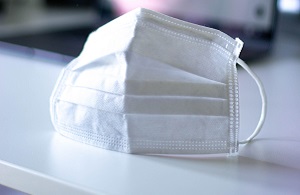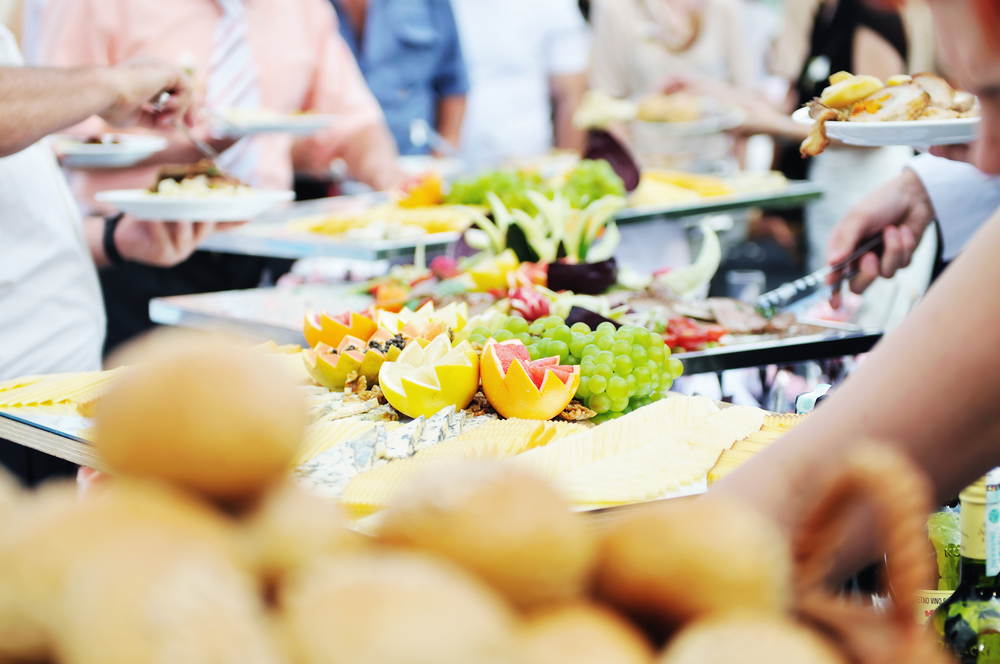
Wearing masks has been shown to be an important component in the fight to reduce the spread of COVID-19, prompting municipal governments to adopt mask policies in order...
With the COVID-19 pandemic drastically changing nearly every aspect of our lives, many have come to rely on food delivery as a source of comfort during these difficult times. As the demand for takeout and delivery increases, restaurants have temporarily waived delivery fees and focused their efforts on offering the safest possible takeout experience for customers. COVID-19 has been shown to live on surfaces like cardboard for up to 24 hours, and multiple days on plastic and stainless steel surfaces. Naturally, this has led to questions about the safety of delivery and takeout options.
To date, there has been very little evidence of transmission through food packaging. Most experts agree that the chances of contracting the virus from takeout are slim, and that the majority of risks involved can be mitigated by taking the proper precautions - most of which people everywhere are already taking. Next time you decide to order out, consider the following to stay safe.
Is takeout safe during the COVID-19 pandemic?
Most agree that yes, eating takeout is safe. The risk of COVID-19 transmission from a courier or food packaging remains very low for those who take the proper measures. While the coronavirus can survive on food packaging for between 24-72 hours, the chance of transmission is extremely low, and even less so with frequent and thorough handwashing. The chances that a courier has coughed or sneezed on food packaging are very low, as are the chances of an infected food handler coughing or sneezing on food during preparation. It’s unlikely that the virus will be passed along on food packaging, so handling any packaging is considered to be safe. The risks are also low for food purchased in a drive-thru.
What about groceries?
It’s not just restaurants that are offering delivery - many grocery stores are now offering delivery services for at-risk buyers. The risks are generally the same as they are for takeout. For prepackaged food and food purchased at the grocery store, experts recommend wiping down packaging with a disinfectant wipe, or preferably, rinsing them with soap and water if at all possible. It’s also highly recommended that fresh fruit and vegetables be rinsed as soon as they’re brought home from the grocery store. Thoroughly washing your hands immediately after handling groceries or putting food away will help to further reduce the risk of transmission.
How contactless delivery is reshaping the foodservice industry
Restaurants around the world have closed their doors to the public but remain open, using a concept known as contactless delivery to safely deliver food to patrons. Contactless delivery involves couriers dropping takeout off at a destination without making contact with the patron, who has paid for the food ahead of time. This ensures that the risk of transmitting COVID-19 is extremely low, patrons can safely enjoy their food while continuing to practice social distancing, and couriers can continue working safely.
It’s important to note that the majority of restaurants and grocery stores have temporarily suspended cash payments, as it poses a higher risk of transmitting the virus. If your business has not yet suspended cash payments, it’s highly recommended that you do so immediately.
Restaurants should be using contactless delivery options wherever possible to keep staff members and patrons as safe as possible. Due to ongoing fears and anxieties of patrons, and the very convenient nature of contactless delivery, it’s very likely that it will continue to be a popular phenomenon even after the COVID-19 crisis ends, so ensuring that your restaurant is set up to accommodate patrons in this way is a great way to stay ahead of the curve.
Mitigate the risks of COVID-19 transmission
Once your food has arrived, remove it from its packaging and immediately wash your hands or apply hand sanitizer. This will greatly reduce the risk of transmitting the virus from food packaging to your hands, allowing you to safely enjoy your food. Wash your hands prior to eating to further mitigate the risk of transmission. Some experts also recommend reheating food as a further precaution. Due to the short handling time of both the courier and the person eating the food, most experts agree that the risk of transmission remains very low.
When both patrons and staff members do their part by regularly washing and sanitizing their hands, ordering out and having groceries delivered during the crisis remain safe options for all. Restaurants should continue monitoring the health of their employees and enforcing proper hygiene practices to keep customers and other staff members safe, and patrons should take proactive precautions to ensure that they can safely enjoy their food.
By using contactless delivery, suspending cash payments, practicing social distancing and taking proactive hygiene measures, takeout and delivery can continue to offer us a much needed source of comfort throughout this unprecedented crisis.
FoodSafetyMarket is a leading provider of nationally certified food handler training, infographics, and training supplies. For more information about the online food handler training offered by FoodSafetyMarket, contact us today at service@foodsafetymarket.com.

Wearing masks has been shown to be an important component in the fight to reduce the spread of COVID-19, prompting municipal governments to adopt mask policies in order...

The COVID-19 pandemic has left a permanent mark on the food service industry, affecting every facet of the way we once conducted business and forcing establishments to...